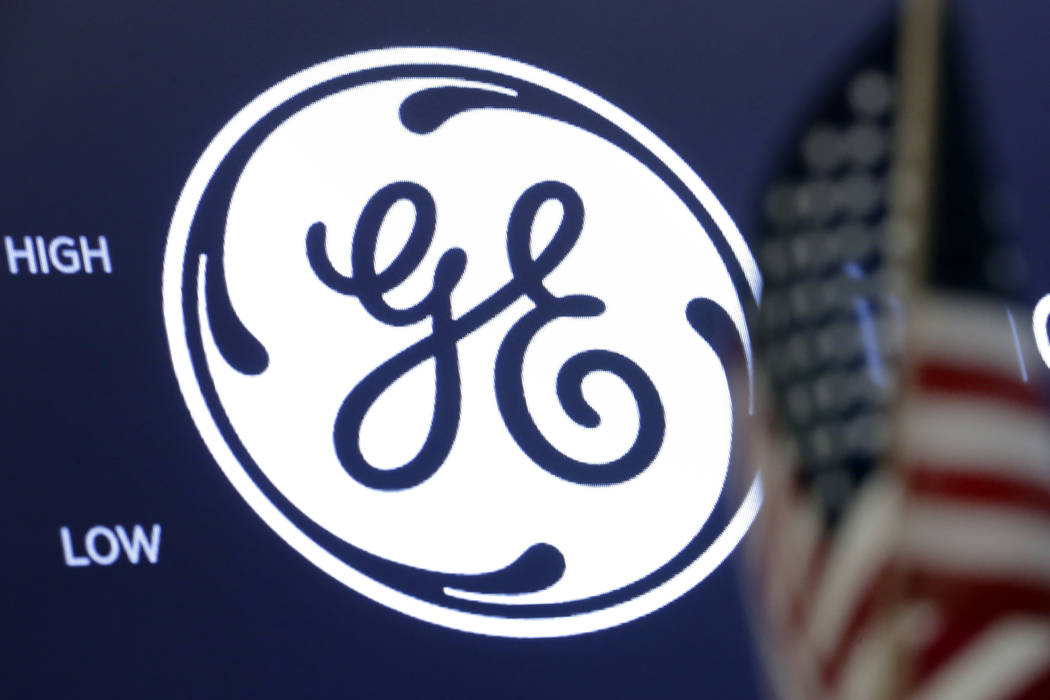Whistleblower accuses GE of fraud, misleading investors
NEW YORK — A whistleblower who warned regulators about Bernard Madoff’s Ponzi scheme is now accusing General Electric of misleading investors, sending the company’s stock on a downward spiral.
Investigator Harry Markopolos accused GE on Thursday of engaging in accounting fraud worth $38 billion, saying the company is hiding massive losses and heading for bankruptcy.
The issues he outlined lie primarily in GE’s troubled Capital unit, a financial services division often seen as a black hole in the company. The Capital unit holds commercial and personal loans, as well as insurance policies that include coverage of long-term care.
In his report, Markopolos suggests that an accounting rule change for insurance liabilities and a significant lack of reserves to cover long-term care liabilities will push GE to take a $29 billion hit.
GE called Markopolos’s claims unsubstantiated and meritless, saying its reserves are well-supported and the company undergoes rigorous testing annually to ensure its reserves are adequate.
“GE operates at the highest level of integrity and stands behind its financial reporting,” the company said in a statement. “We remain focused on running our businesses every day, following the strategic path we have laid out.”
Boston-based GE’s shares closed Thursday down $1.02, or more than 11%, at $8.01.
In an apparent move to underscore management’s confidence in the conglomerate’s future, GE reported after the close of trading that its CEO, Larry Culp, had bought about 250,000 shares of GE stock.
Markopolos disclosed that an unnamed hedge fund paid him for access to his GE report before it was released, revealing that he will be paid through a percentage of the trading profits. Asked about the potential conflict of interest, he told CNBC “I need to get paid. I have a family to support.”
Markopolos first became suspicious of GE’s accounting when he attended industry luncheons where portfolio managers and analysts said they didn’t believe GE’s numbers could be true because they met or beat earnings estimates every quarter, year after year.
He said the $15 billion hit GE took two years ago when it miscalculated the cost of caring for people who lived longer than expected was “a nasty market surprise and it’s about to get $29 billion worse.” He said GE should have taken action to boost its reserves years earlier to cover its unfunded long-term care liability, but instead waited until a new management team was in place.
GE is not alone in underestimating the reserves needed to cover long-term liabilities. Private companies and public pension funds alike have struggled to keep up with the growing cost of providing health care to an aging population that’s living longer than expected.
“You have to be really kind of smart about the way you write these policies to begin with,” said Joshua Aguilar, an equity analyst at Morningstar who follows GE. “Your hands are tied. You can’t go back and rewrite premiums.”
Morningstar has long believed that GE’s assumptions about how it would cover those liabilities were too aggressive, but that’s an industrywide problem.
“Does it rise to the level of fraud? My answer to that is, ‘No,’” Aguilar said.
Markopolos also said GE misclassified its investment in Baker Hughes, an oil and gas business. He said that by misclassifying its ownership stake, GE hid a $9.1 billion loss last year. GE said it disclosed potential losses of $7.4 billion related to Baker Hughes in a recent federal filing and stood by how it classified the business.
Independent of Markopolos’ report, GE Capital was already facing investigations, including an inquiry by the Securities and Exchange Commission about the previous $15 billion hit.
Markopolos is known for his role as the whistleblower who warned the SEC about Madoff’s Ponzi scheme, but those claims were initially ignored by regulators.






















